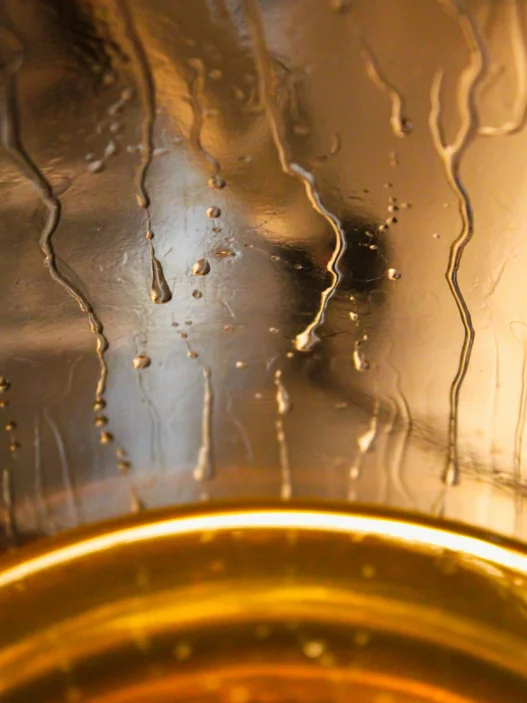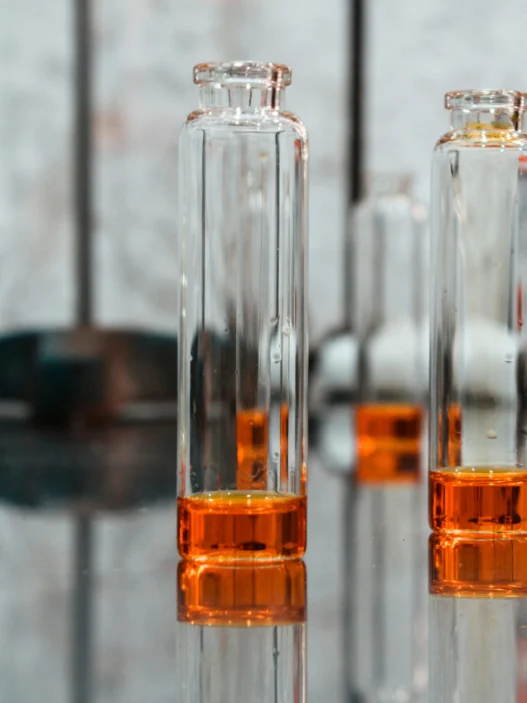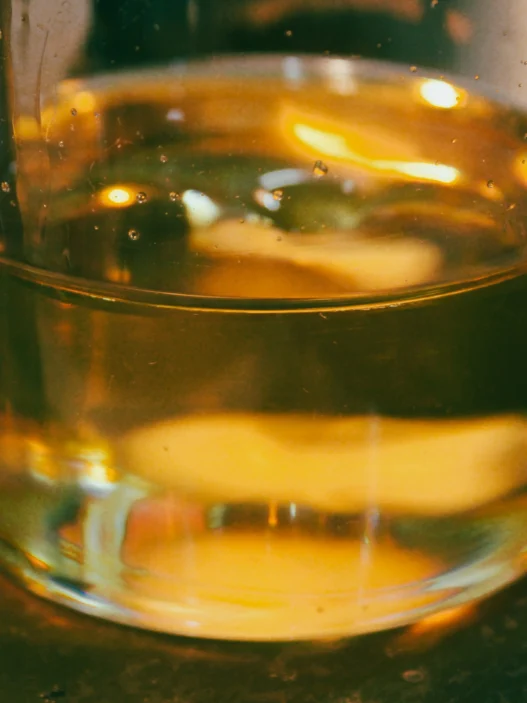N-butyl chloride, a chemical compound commonly used in the production of various products, holds significant relevance to everyday life. It is a key ingredient in the manufacturing of pharmaceuticals, pesticides, and paint removers. Additionally, n-butyl chloride is utilized in the creation of rubber materials, adhesives, and cleaning agents. Its widespread application underscores its importance in numerous industries, ultimately impacting consumer goods and daily life.
Table of Contents:
- 💡 Commercial Applications
- ⚗️ Chemical & Physical Properties
- 🏭 Production & Procurement
- ⚠️ Safety Considerations
- 🔬 Potential Research Directions
- 🧪 Related Compounds
💡 Commercial Applications
N-butyl chloride, also known as 1-chlorobutane, is commonly used in commercial and industrial applications. This compound is used as a solvent in various chemical processes including extraction and synthesis. It is also employed in the production of pharmaceuticals, pesticides, and other chemical compounds.
In addition to its commercial and industrial applications, N-butyl chloride is also utilized in the pharmaceutical industry for drug and medication purposes. It is used as an intermediate in the synthesis of certain drugs and medicines. N-butyl chloride plays a crucial role in the development of pharmaceutical products due to its versatile chemical properties.
Overall, N-butyl chloride is a versatile compound with various commercial, industrial, and pharmaceutical applications. Its uses range from being a solvent in chemical processes to a key intermediate in drug synthesis. This compound continues to be an important component in various industries due to its unique chemical properties and versatile applications.
⚗️ Chemical & Physical Properties
N-butyl chloride is a colorless liquid with a strong and unpleasant odor, reminiscent of chloroform or cleaning products.
With a molar mass of 92.57 g/mol and a density of 0.88 g/cm³, N-butyl chloride is heavier than common food items such as water (molar mass of 18.02 g/mol, density of 1 g/cm³) and sugar (molar mass of 342.3 g/mol, density of 1.59 g/cm³).
N-butyl chloride has a melting point of -93.5°C and a boiling point of 78.3°C, which are significantly lower compared to common food items like butter (melting point around 32-35°C) and water (boiling point of 100°C).
N-butyl chloride is insoluble in water and has a low viscosity, making it difficult to mix or dissolve in aqueous solutions. This contrasts with many common food items that are water-soluble and have higher viscosities, such as honey or syrup.
🏭 Production & Procurement
N-Butyl Chloride is produced through the reaction between chlorine gas and n-butanol, a type of alcohol. This reaction typically occurs in the presence of a catalyst such as sulfuric acid, which helps facilitate the transformation of n-butanol into N-butyl chloride.
Once N-butyl Chloride is produced, it can be procured through various chemical supply companies or manufacturers. It is typically sold in liquid form in sealed containers to prevent leaks or spills during transit. N-butyl Chloride is considered a hazardous material and must be handled and transported according to strict safety regulations.
Transportation of N-butyl Chloride is typically done via specialized chemical transport vehicles that are equipped to handle hazardous materials. These vehicles are required to meet certain safety standards and regulations to ensure the safe delivery of the chemical to its intended destination. Additionally, proper labeling and documentation are necessary for the transportation of N-butyl Chloride to comply with legal requirements.
⚠️ Safety Considerations
Safety considerations for N-butyl chloride must be taken seriously due to its hazardous properties. This chemical is flammable and can form explosive mixtures with air. It may also react violently with strong oxidizing agents. When handling N-butyl chloride, it is imperative to wear appropriate personal protective equipment, such as gloves, goggles, and a lab coat. Additionally, work with this chemical should only be conducted in a well-ventilated area to prevent inhalation of its vapors.
Hazard statements for N-butyl chloride include “Highly flammable liquid and vapor,” “Causes skin irritation,” and “May cause respiratory irritation.” These statements indicate that this chemical poses risks of fire, skin contact, and respiratory exposure. It is important to handle N-butyl chloride with caution to avoid these potential hazards. In case of skin or respiratory irritation, immediate medical attention should be sought.
Precautionary statements for N-butyl chloride include “Keep away from heat/sparks/open flames/hot surfaces,” “Wear protective gloves/protective clothing/eye protection/face protection,” and “IF ON SKIN (or hair): Take off immediately all contaminated clothing.” These statements highlight the importance of preventing ignition sources, wearing appropriate protective gear, and removing contaminated clothing in case of skin contact. Following these precautions can help reduce the risks associated with handling N-butyl chloride.
🔬 Potential Research Directions
Research on N-butyl chloride may focus on its use as a chemical intermediate in the synthesis of various organic compounds. By exploring the reactions and mechanisms involving N-butyl chloride, researchers can uncover novel pathways for organic synthesis and drug development.
Further investigation could delve into the environmental impact of N-butyl chloride, including its behavior in soil and water systems. Understanding the persistence and toxicity of N-butyl chloride can aid in developing strategies for its safe handling and disposal, as well as assessing potential risks to human health and ecosystems.
Studies examining the physical properties of N-butyl chloride, such as its boiling point, solubility, and refractive index, can provide valuable data for industries that utilize this chemical in manufacturing processes. This research can contribute to optimizing production methods and improving the quality of end products.
Exploring the potential applications of N-butyl chloride in fields such as pharmaceuticals, agriculture, and materials science can open up new avenues for innovation and commercialization. By identifying the unique properties and capabilities of N-butyl chloride, researchers can unlock its full potential for diverse industrial uses.
🧪 Related Compounds
One similar compound to N-butyl chloride based on molecular structure is 2-chlorobutane. This compound consists of a butyl group attached to a chlorine atom on the second carbon, similarly to N-butyl chloride. The only difference between these two compounds is the position of the chlorine atom along the butyl chain.
Another similar compound is 1-chlorobutane. In this compound, the chlorine atom is attached to the first carbon of the butyl group, making it structurally similar to N-butyl chloride. The only distinction between these compounds is the position of the chlorine atom on the butyl chain.
Additionally, 3-chlorobutane is a compound comparable to N-butyl chloride in terms of molecular structure. In this compound, the chlorine atom is bonded to the third carbon of the butyl group, similar to the placement of the chlorine atom in N-butyl chloride. The primary distinction between these compounds lies in the location of the chlorine atom within the butyl chain.





